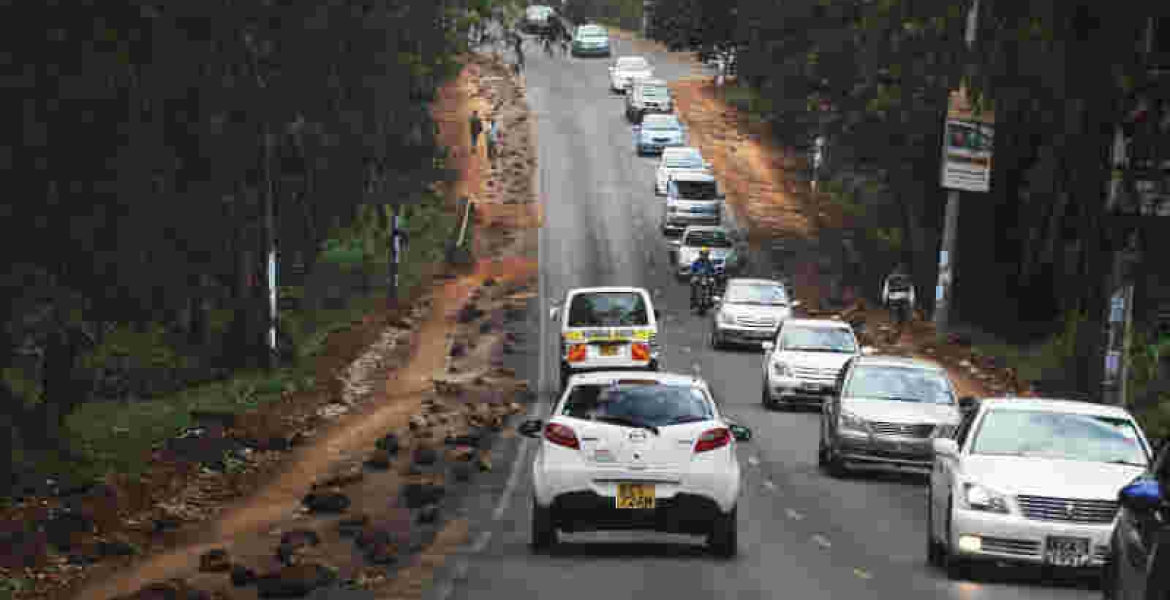

When the rains came, they did not just fall—they swallowed homes, roads and farms across Trans Nzoia county.
By the time the waters settled, more than 12,000 people had been forced to flee, their lives suddenly adrift after rivers burst their banks and turned villages into islands.
In Namanjalala, Kapomboi, Endebess, Soymining and Liyavo, families waded through murky waters clutching what little they could salvage.
Governor George Natembeya said most of those affected had been living in low-lying areas long known to be flood-prone.
“We are working with various stakeholders to assist those affected so that they get both food and non-food items they require,” he said, urging those still in risky zones to move to safer ground.
The Sabwani River, the county’s largest, broke its banks and swept through homesteads, leaving behind a trail of ruin.
Hundreds of houses were submerged and displaced families are now camping in temporary shelters as they wait for help.
Among the victims are 71 KCSE candidates from Soymining Secondary School whose exams were disrupted when floods invaded their villages and destroyed their homes.
With access roads cut off and farmlands submerged, the students were hastily relocated to AIC Kobos Secondary School to ensure their national examinations continued uninterrupted.
The county joined well-wishers in delivering food and essential supplies to the affected learners. County CEC for Gender, Youth, Sports, Culture and Tourism Eliud Tormoi led the relief mission, reassuring parents that the students’ welfare was a priority.
“We are committed to ensuring the candidates finish their exams smoothly,” he said, adding that many of the students had been left traumatised and in need of emotional and material support.
Most of the displaced learners left home with nothing but their uniforms. Thirty-three boys are now hosted at Kobos Boys Secondary School and 38 girls at Kobos Girls Secondary School, where they are expected to remain for about two weeks.
Soymining Secondary School principal Pamela Lumadede expressed gratitude for the swift response but said the situation remains dire.
“We appreciate the support received, but the needs are still many. Some students came with nothing. Additional help will ensure they remain comfortable and focused on their exams,” she said.
At Kobos Girls Secondary School, principal Selina Kirui echoed the same concern.
“They came empty-handed because they are day scholars,” she said.
“They urgently need bedding, toiletries, sanitary pads, soap—everything. We are appealing to well-wishers to stand with these girls.”
For now, the displaced residents of Trans Nzoia—from families in Namanjalala to students in Soymining—are holding on to the hope that when the waters finally recede, they will find the strength to rebuild what the floods washed away.
Instant analysis
The Trans Nzoia floods expose the fragility of communities living in flood-prone zones and the recurring cost of unplanned settlement. Beyond the immediate displacement of over 12,000 people, the crisis has disrupted schooling and livelihoods, underlining how climate shocks are increasingly colliding with social realities. The plight of KCSE candidates sitting exams from makeshift shelters illustrates both resilience and neglect—resilience from affected families and students, and neglect in long-term disaster preparedness. Unless sustained mitigation measures and relocation plans are implemented, such humanitarian emergencies will keep repeating with every heavy downpour, eroding progress and deepening rural vulnerability.














